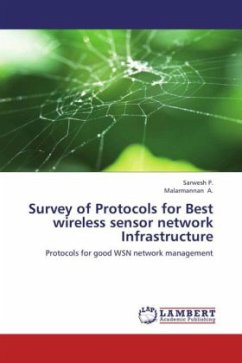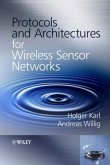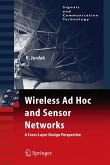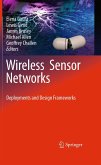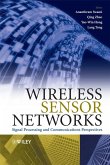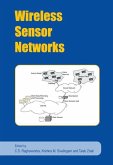A wireless sensor network (WSN) is a collection of sensors which are equipped with wireless radios and deployed in a given area. This kind of network has advantages in several applications such as detection of forest fire, environmental monitoring, etc. Many research efforts are conducted in wireless sensor networks. The power constraints of sensor devices define many fundamental design issues in WSNs, such as coverage, connectivity and lifetime. In this book, we study different deployment strategies for WSNs. We introduce the use of some redundant nodes so that the lifetime of WSNs could be prolonged. The main idea is to deploy more nodes close to the BS so as to balance the energy consumption among all sensors. Three kinds of deployment strategies (deterministic deployment, partially controlled deployment and distribution controlled deployment) are studied. We also provide a data collection protocol design to support the nonuniform deployment architecture. A wireless sensor system has been developed and is introduced in the end to give some flavor of the real world applications.


